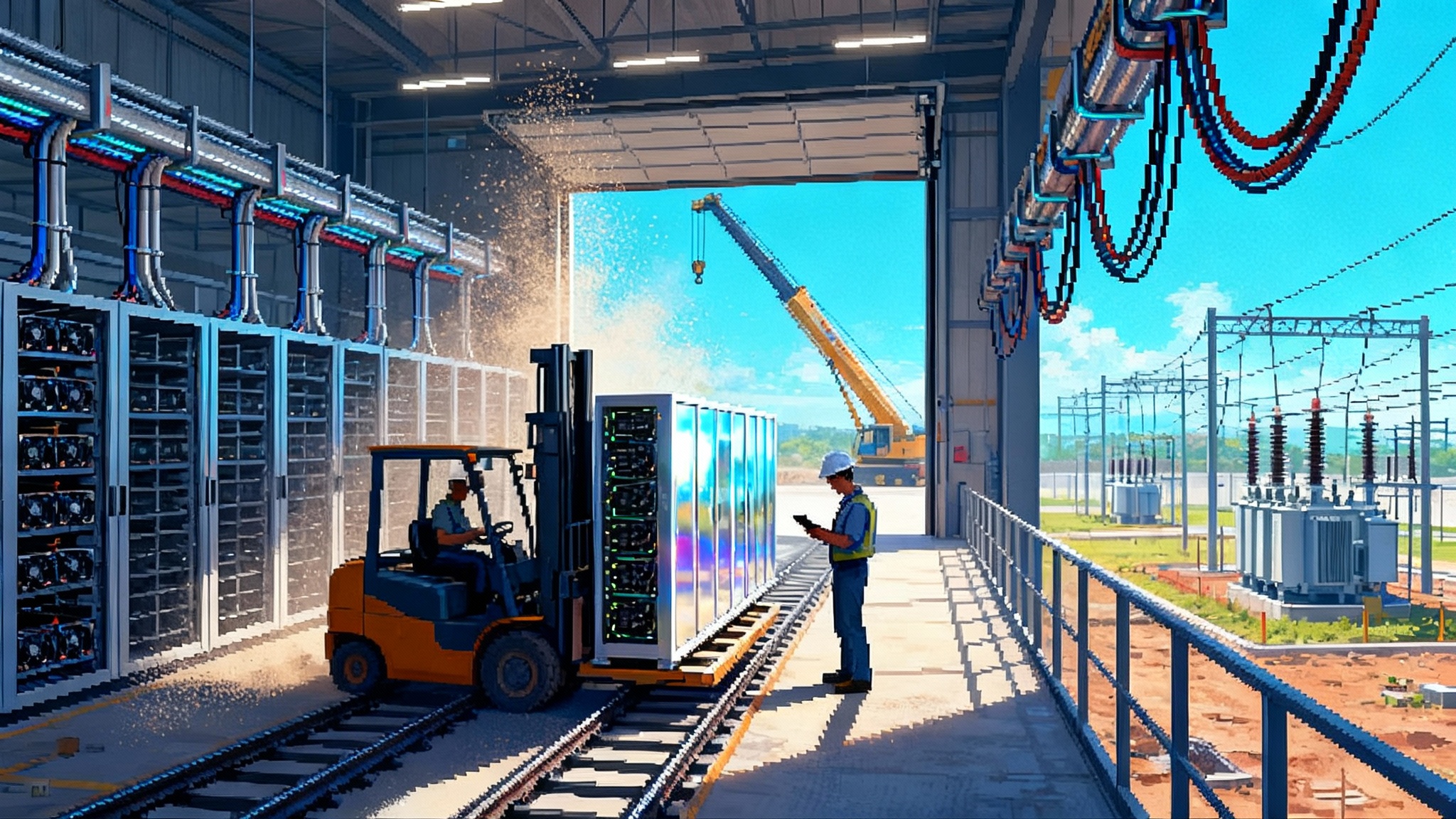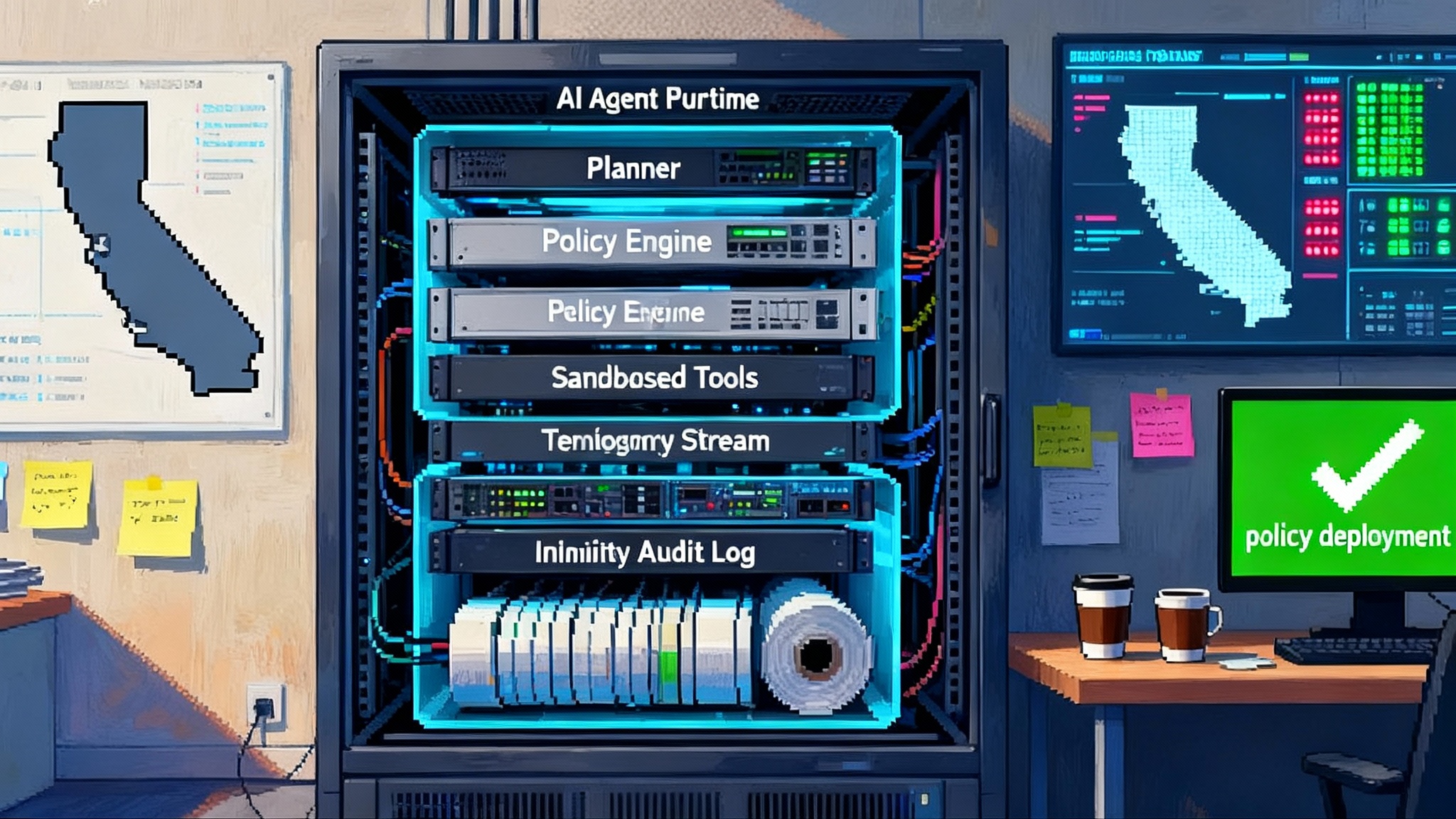Trends & Analysis
Articles under the Trends & Analysis category.
Gigawatt Intelligence: The Grid Becomes AI’s Bottleneck
AI’s next leap is not blocked by chips. It is blocked by electricity. From a 6 gigawatt AMD OpenAI pact to nuclear restarts for data centers, the new race is for firm, clean megawatts and the interconnects to deliver them.
The Day Software Learned to Patch Itself at DEF CON 33
At DEF CON 33, autonomous systems found and fixed real vulnerabilities in minutes. This piece unpacks the ATLANTIS blueprint, Proof-of-Patch, and why MTTP is about to become a board metric for modern security.
Signed or Suspect: Why Content Credentials Win the Web
Watermarks and cryptographic provenance are moving from lab to policy. As the EU sets timelines and platforms ship tools, unsigned media will face friction while signed content wins speed and trust.
The Home Graph: A Domestic OS for Everyday Intelligence
Smart homes are moving past scenes and scripts toward a living home graph that understands roles, routines, and constraints. Here is how a domestic operating system plans across rooms, acts safely, and earns lasting household trust.
When Models Buy the Means of Compute: AI Becomes Capital
A new class of AI deals is reshaping the industry. When labs underwrite long term GPU supply with equity and prepayments, compute stops being a bill and becomes capital. Here is how contracts, accounting, and agents evolve next.
When Web Pages Become Workers: The Agentic Browser Era
AI is moving from chat boxes into the browser itself. Opera’s Neon can act on pages, Perplexity made its Comet browser free, and Google is wiring Gemini into Chrome. The page is turning into a capable colleague that gets real work done.
Memory Is the New Moat: Context Becomes Capital in AI
As models converge, memory diverges. This essay shows why portable, governed context becomes the real moat for agents, and how to design wallets, grants, receipts, and ledgers that compound product value.
Discovery Becomes Runtime: AI Drugs Move From Code to Clinic
AI drug discovery is shifting from slow handoffs to a live runtime that compiles hypotheses, runs experiments on robots, and streams evidence to regulators. Funding, human data, and agentic tools point to a stack that is already deploying.
Likeness Liquidity: Renting Your Face After Sora’s Surge
Sora's breakout week turned likeness into a tradable asset. This guide shows how consent, pricing, and watermark rails turn presence into a market, and what studios, unions, creators, and platforms must do next.
Idle Agents Are Here: Systems That Keep Working Offscreen
A late September surge of agent updates marked a shift from chat-first tools to time-native systems that keep working between check-ins. Learn how open-loop design reshapes UX, pricing, and trust.
Chip-literate AI: Models That Learn to Speak Silicon
AI’s edge is shifting from bigger models to better fit. Late September brought real progress on non-CUDA stacks, compilers, and runtimes, turning portability into a competitive moat and making routing part of cognition.
When Trust Becomes Compute: Confidential AI with Proofs
AI privacy is shifting from policy to runtime. Attestation now gates execution and models return proof-carrying outputs with every result. That turns trust into compute and unlocks private assistants, verifiable agents, and capital-safe automation.
The Next AI Race: Watts, Permits, Land, and Leverage
AI’s center of gravity is shifting from model tricks to megawatts. Winners will secure power, permits, and sites, and publish watts per token as a product feature. This is the reactor to runtime playbook.
When Regulation Becomes Runtime: Law Inside the Agent Loop
California's SB 53 turns AI safety from paperwork into live engineering. As Washington questions industry-led health standards, compliance shifts into code, telemetry, and proofs that run alongside your agents.
When AI Wins Our Tournaments, Merit Becomes a Protocol
Gemini 2.5 Deep Think reached gold-level at the 2025 ICPC World Finals after earlier IMO success. The scoreboard has moved. Real value shifts from solving to specification, orchestration, budgets, and auditable rules.
When Models Must Name Their Diet: Provenance Becomes the Edge
Training transparency just became a competitive advantage. With new EU disclosure rules and U.S. takedown obligations, the edge shifts from model size to source quality. This playbook shows how to build it.
Gemini for Home and the Rise of the Communal Assistant
Google’s Gemini for Home reframes the smart home around households, not individuals. Multi user memory, consent, roles, and a simple home constitution will decide how families and roommates actually live with AI every day.
Assistants Are Marketplaces. The Link Economy Collapses
A major shift just arrived: discovery and purchase are merging inside AI assistants. With native checkout and model-made feeds, the click-through economy gives way to model-mediated demand capture. Here is what changes and what to build.
















